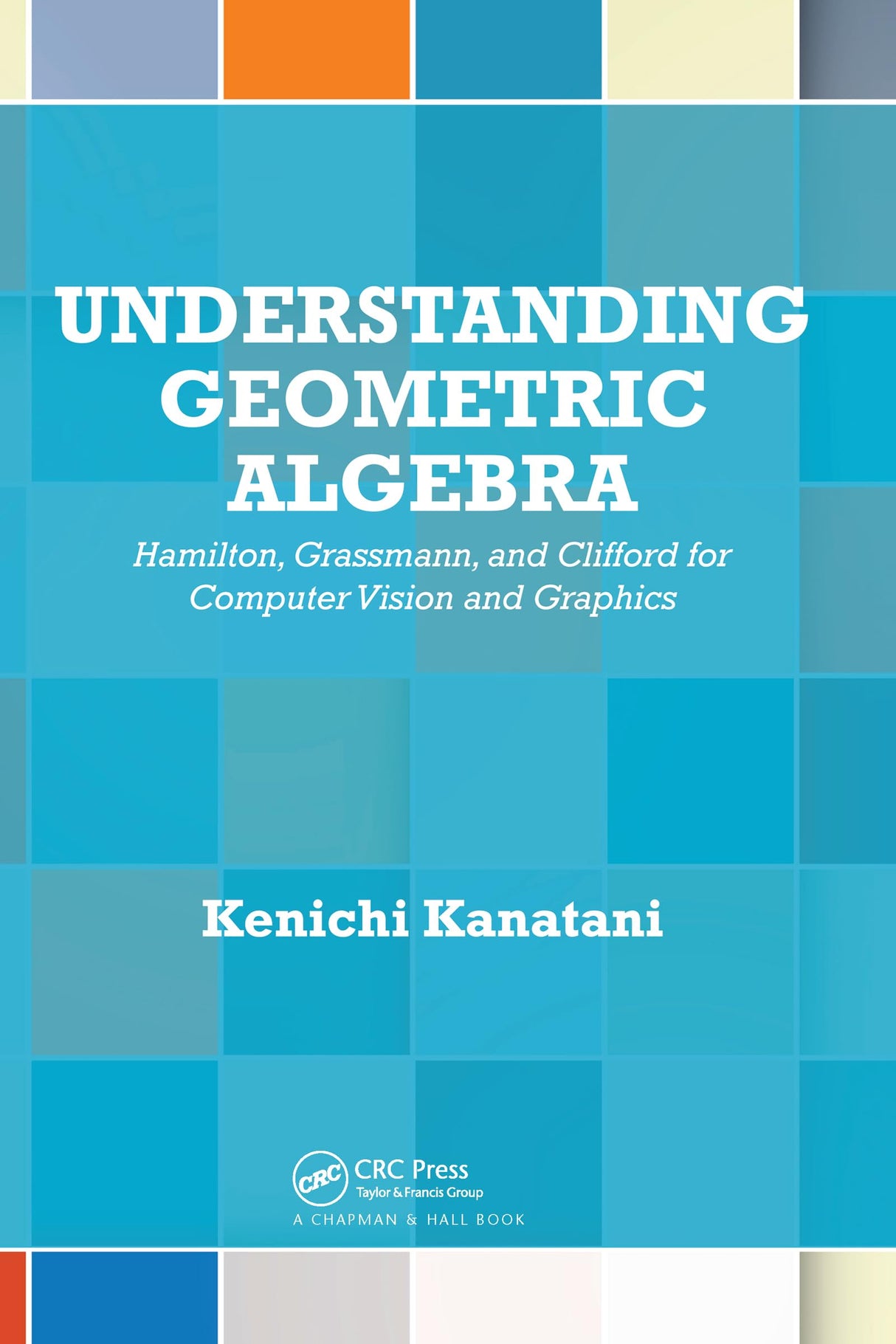Understanding Geometric Algebra: Hamilton, Grassmann, and Clifford for Computer Vision and Graphics
Understanding Geometric Algebra: Hamilton, Grassmann, and Clifford for Computer Vision and Graphics is backordered and will ship as soon as it is back in stock.
Couldn't load pickup availability
Genuine Products Guarantee
Genuine Products Guarantee
We guarantee 100% genuine products, and if proven otherwise, we will compensate you with 10 times the product's cost.
Delivery and Shipping
Delivery and Shipping
Products are generally ready for dispatch within 1 day and typically reach you in 3 to 5 days.
Book Details:
-
Book Title: Understanding Geometric Algebra: Hamilton, Grassmann, and Clifford for Computer Vision and Graphics
-
Author: Kenichi Kanatani
-
Publisher: CRC Press
-
Language: English
-
Edition: 1st Edition
-
ISBN: 9780367575823
-
Pages: 208
-
Cover: Paperback
-
Dimensions: 9.9 x 6.9 x 0.6 inches
About the Book:
Understanding Geometric Algebra: Hamilton, Grassmann, and Clifford for Computer Vision and Graphics by Kenichi Kanatani is an in-depth introduction to geometric algebra, focusing on the mathematical foundations provided by Hamilton, Grassmann, and Clifford. The book explores how these algebras can be used to describe and compute geometry in 3D modeling applications, particularly in the fields of computer graphics and computer vision.
Unlike many similar texts, this book first offers separate explanations of the different algebras and then demonstrates how they come together to form the field of geometric algebra. Beginning with 3D Euclidean geometry, the text goes on to explain how geometry can be altered by using non-orthogonal (oblique) coordinate systems. It covers important mathematical structures like Hamilton’s quaternion algebra, Grassmann’s outer product algebra, and Clifford algebra, which forms the foundation of geometric algebra.
Further, the book delves into advanced topics, such as representing points and lines in 3D as objects in 4D within the projective geometry framework, exploring conformal geometry in 5D, and analyzing camera imaging geometry involving circles and spheres. The book also includes historical notes and exercises, providing a well-rounded understanding of the mathematical theories behind complex geometric computations.
This book is an excellent resource for those interested in the mathematical principles of geometric algebra and its application to 3D graphics and vision.





